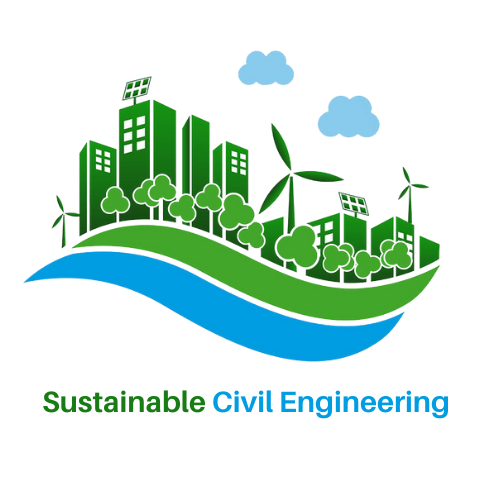What is Sustainable Civil Engineering?
For the longest time, civil engineers seemed like the antithesis of sustainability. We were seen as “land reapers,’ or wanting to “pave” the world, and so on. And, for the most part, it was partly true in earlier decades. As civil engineers, we were expected to design safe roads, effective infrastructure, and even contour the land to provide space for new houses. Very little attention was placed on sustainability. The civil engineering curriculum worldwide lacked any courses or even references to sustainability. Fortunately, this has all changed, and we civil engineers now have a golden opportunity to engage the environment more eco-friendly and reverse some of the negative impacts of previous construction projects. For example, as a fan and proponent of open spaces and slow streets, we can address the current needs of the City’s residents and make some changes to the built environment.
Understanding Sustainable Civil Engineering
Privately, I have made it my personal goal to look for unused and/or underutilized spaces in San Francisco that are good candidates for community gardens or parks. It is something like a newly “coined” civil engineer that was not as crucial in my youth. However, the demands and needs of my daughter, her friends, and the community call for creating more public green spaces. In addition, the global trend to reduce the negative human impact on the planet over millennia has meant that those of us who work on civil projects, which are meant to improve the quality of life, have a responsibility to look at the whole natural and built canvas and determine how to find a balance. And this is at the heart of sustainability.
LEED certification, for example, is part of our work as civil engineers, even though the certification process is usually centered within the building footprint. However, site location for a new structure, transit hubs, bike lanes, water efficiency, and materials used, among others, are components of sustainability that are within our expertise and that we should strive to promote. Also, as the interest in sustainability continues to grow, we can develop new approaches rather than wait for a certifying agency to tell us what we should look for. LEED certification provides a section for innovation, which we must include in our project work.
As I wrote earlier, civil engineers were viewed as less than interested or concerned with the environment. That stereotype has changed considerably throughout my career, but we must implement our sound engineering expertise with equal parts creativity and innovation. The existing conditions of our environment, such as ongoing droughts, increased development into natural habitats, and the ever-increasing use of resources, means that there is no time to waste. Ideally, just as we take on a new project, we need to ensure that we make positive changes and improvements. The built environment has to be in harmony with the natural environment for our planet to survive.

